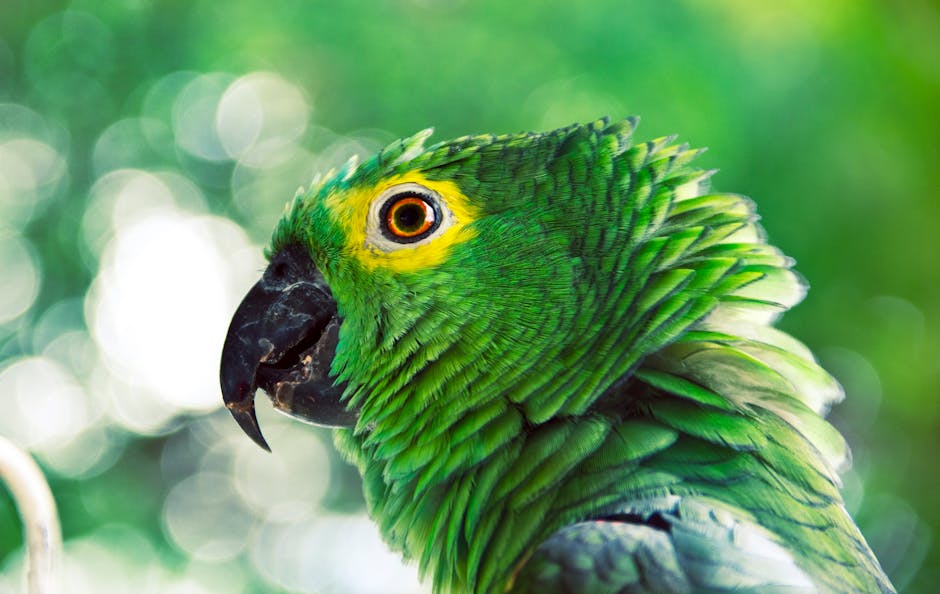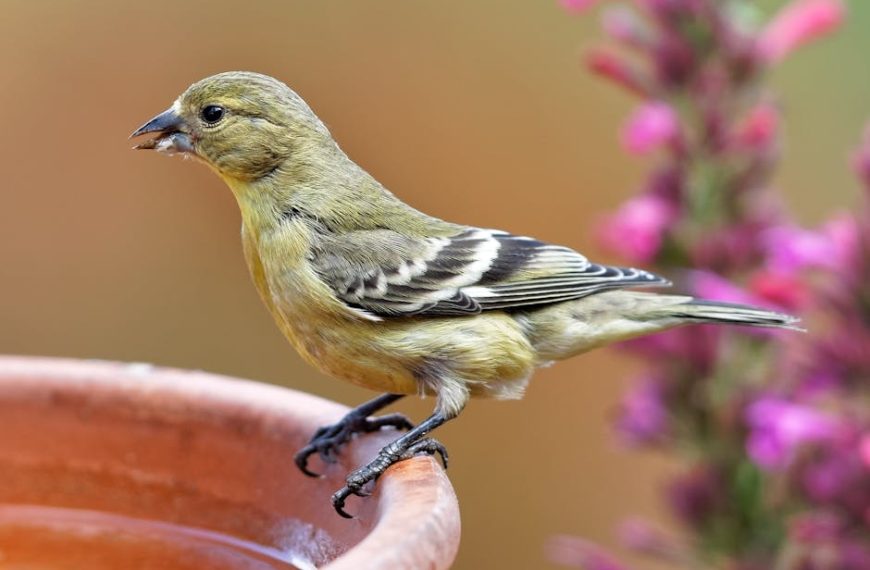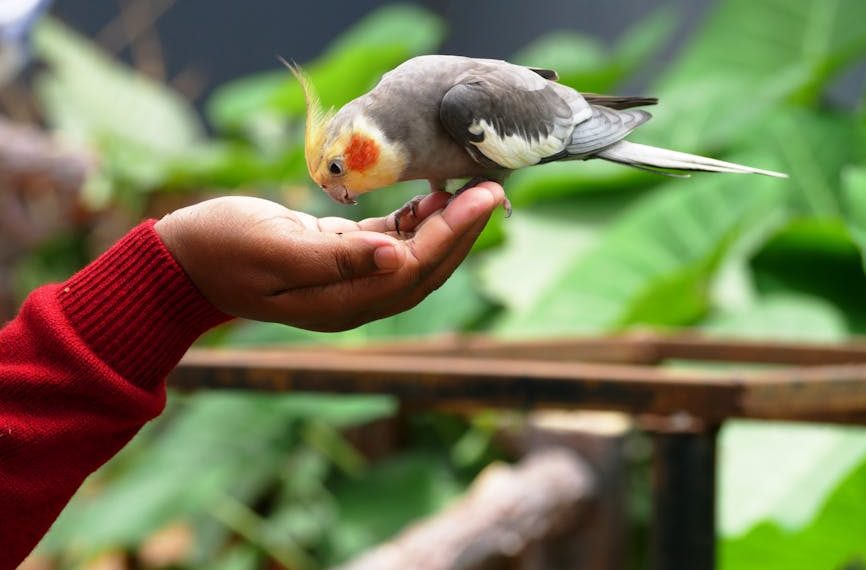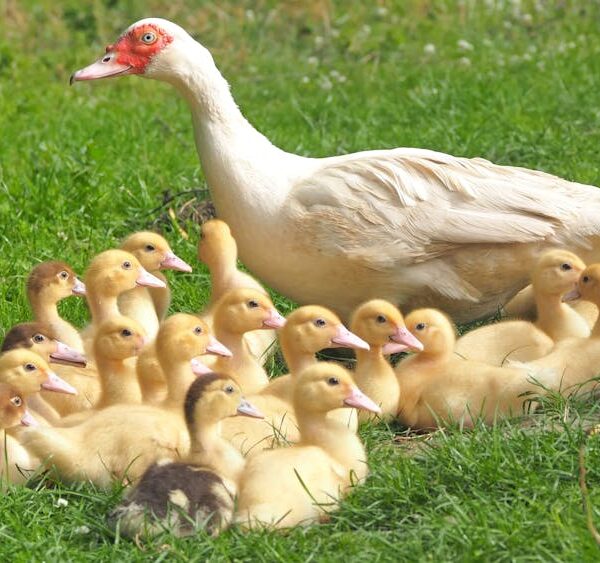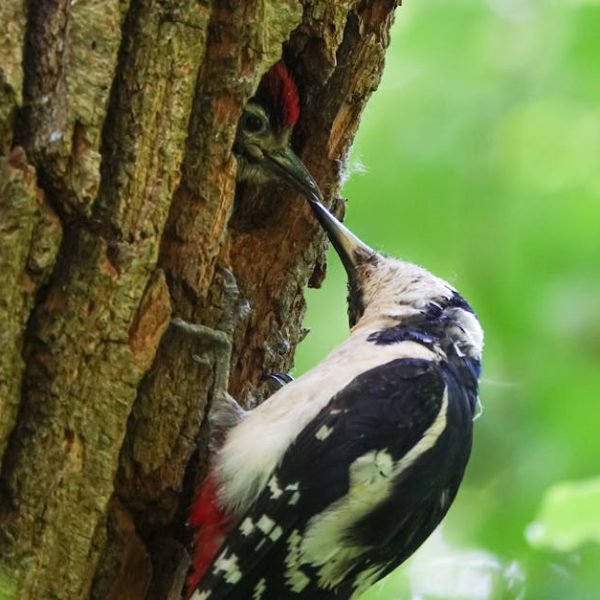Proventricular Dilatation Disease (PDD), also known as Avian Bornaviral Ganglioneuritis (ABG), is a serious and often fatal disorder that primarily affects psittacine birds, or the parrot family. Its conundrum lies not only in its dire consequences on a bird’s digestive system but also in the epidemic proportions it has reached – putting numerous aviary species at risk. As we delve deeper into learning about PDD, we discover many facets of the disease that might be startling, especially for bird owners, as we bring to light species that are commonly affected, and decode medical jargon related to PDD to make it digestible for non-medical readers.
Recognizing the Symptoms of PDD in Birds
Identifying PDD can be a challenge due to its knack for displaying varied symptoms from bird to bird or even laying dormant for extended periods. However, there are some common signs to look out for. Weight loss, even with an increased appetite, is a significant symptom. Regurgitation or the presence of undigested food in the bird’s droppings could also indicate PDD. Changes in stool, either in color or consistency, and any visible neurological problems, could be red flags.
Knowing these symptoms empowers bird owners to better monitor the health of their feathered friends. Early detection and identification hold the key to managing PDD. A comprehensive checklist of symptoms can be a valuable guide in tracking changes in a bird’s health.
Understanding the Causes of PDD in Birds
Unraveling the mysteries of PDD requires delving into its potential causes. While the exact root of the disease remains unclear, emerging evidence points to Avian Bornavirus (ABV) playing a substantial role. However, ABV alone may not be the end of the story, with theories suggesting that environmental and genetic factors could also contribute to the onset of PDD.
The question of whether PDD is contagious remains controversial and contentious. Exploring the pros and cons of the different theories around the root causes of PDD can shed light on this complex and multifaceted disease.
Diagnostic Methods for PDD in Birds
Diagnosing PDD in birds can be a delicate process and involves a combination of clinical signs, history, and specialized laboratory tests. Traditional methods include endoscopy, where a vet will examine the bird’s proventriculus (glandular stomach) for signs of the disease. Blood tests, radiographs, and biopsy can also be used in a comprehensive diagnostic approach for PDD.
Not only is it crucial to diagnose PDD efficiently, but it’s also paramount to maintain proper handling and bird care during the process. Don’t forget that birds might be under significant stress during testing, so it’s best to administer the tests in a gentle, safe, and quiet environment. Infographics portraying the steps of each diagnostic procedure can significantly help bird owners understand what their pets undergo during diagnosis.
Treatments and Prevention of PDD in Birds
As of now, there is no known cure for PDD. However, that doesn’t mean the situation is entirely dire for affected birds. Treatment strategies can slow the progression of the disease and potentially improve the quality of life for birds suffering from it. These strategies include providing supportive care, diet modification, and administering certain medications.
While there isn’t a vaccine for PDD either, prevention measures are essential to reduce the chance of your bird contracting this disease. Regular quarantines for newly acquired or sick birds, maintaining proper hygiene and cleanliness in their living conditions, and taking them for regular check-ups are some actionable steps you can take.
Improving Living Conditions and Diet
One major aspect of managing PDD in birds is the bird’s living conditions and diet. A balanced diet comprising of fresh fruits, vegetables, grains, and good quality commercial pellets suitable for your bird species can be beneficial. Additionally, always ensure your bird has access to fresh, clean water.
Tip: A bird’s living environment can significantly impact its overall health, making it essential to ensure it is clean, safe, and secure. Space for flying or exercise and plenty of mentally stimulating toys can contribute to their health too.
Proper Care Routine for PDD Birds
It’s crucial for bird owners to follow a regular care routine for their pets diagnosed with PDD. Regularly monitor your bird’s weight and general behavior for any unusual changes. Adopting a calm, quiet, and stress-free environment can greatly improve a bird’s quality of life.
Final Words
While PDD poses a significant threat to birds, especially to vulnerable species, with the right knowledge, detection methods, and care strategies, bird owners can avoid the severe fallout of this disease. Even if a bird’s health is compromised with PDD, the strategies above can be used to mitigate the effects of the disease and provide the bird with a better quality of life. Don’t forget, early detection is the key to managing PDD. Always keep an eye out for symptoms, get regular check-ups, and provide a balanced diet for your bird.
Key Takeaway:
- Proventricular Dilatation Disease (PDD) primarily affects birds, particularly parrots, in severe ways, but its symptoms can often vary tremendously or even remain dormant.
- It’s thought that Avian Bornavirus (ABV) is primarily responsible for PDD, but genetic and environmental factors may also play a role.
- Diagnosis requires complex and varied approaches, such as endoscopy, blood tests, and biopsy, requiring gentle and thoughtful handling of the birds.
- Though PDD can’t be cured yet, supportive care, diet modifications and certain drugs can slow disease progression and improve the bird’s quality of life.
- Prevention measures, including hygiene, frequent vet visits, and maintaining balanced diet and healthy living conditions go a long way in managing this disease.
Despite the threats and complexities that come with PDD, remember, early detection and prompt intervention can halt the advance of this disease. A well-informed bird owner can create a significant difference in their pet’s quality of life and longevity even in the face of this daunting ailment.
FAQs
Q: How can I make sure my bird doesn’t contract PDD?
A: So far, there is no guaranteed method to prevent PDD. However, improving hygiene, keeping new or sick birds in quarantine, regular veterenarian check-ups, and maintaining proper diet can reduce the risk.
Q: What should I do if my bird has been diagnosed with PDD?
A: Ensure that your bird is receiving supportive care, has a good diet, and is taking any prescribed medications. Aim to provide a stress-free and comfortable environment to improve its quality of life.
Q: Can I still keep the bird if it’s diagnosed with PDD?
A: Yes, you can. However, it’s crucial to follow the appropriate care routine and keep close tabs on its health to manage the disease effectively and avoid harming other birds.
Q: How does PDD affect a bird’s digestive system?
A: PDD can impede normal digestion in birds, resulting in weight loss, change in stool consistency or color, or presence of undigested food in droppings.
Q: Can a bird with PDD recover fully from it?
A: Currently, there isn’t a complete cure for PDD, but with proper treatment and care, the bird can have a significantly improved quality of life.
Consider sharing this article with others to spread knowledge about PDD. Explore more posts on our website to broaden your understanding of diverse topics.
